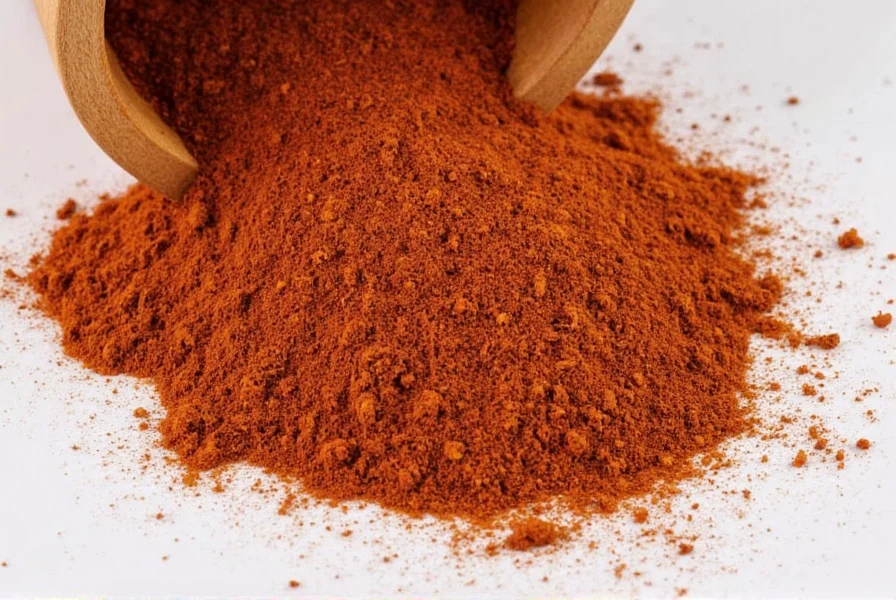
Dried savory spice is the dehydrated leaves of the Satureja plant, a Mediterranean herb with two main varieties: summer savory and winter savory. It has a distinctive earthy, peppery flavor that enhances dishes like baked beans, stews, and meat rubs. This guide covers everything you need to know about dried savory spice, including types, uses, storage tips, and common questions.
Table of Contents
- Types of Savory Spices
- How to Use Dried Savory Spice
- Context Boundaries: When Savory Isn't Ideal
- Buying Guide
- Historical Evolution Timeline
- Storing Like a Pro
- Summer vs Winter Savory Comparison
- FAQs
Types of Savory Spices
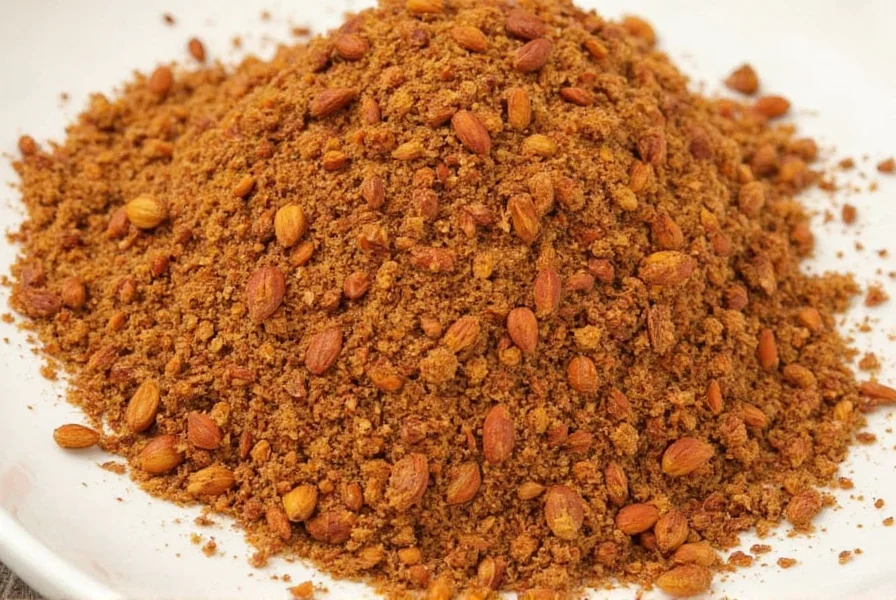
There are two primary types of savory spice:
- Summer Savory (Satureja hortensis): Lighter, sweeter, and more delicate. Ideal for bean dishes, stuffing, and lighter stews.
- Winter Savory (Satureja montana): Stronger, woodsy, and more robust. Best for hearty meats, game, and pickling brines.
| Form | Flavor Profile | Best Uses | Shelf Life |
|---|---|---|---|
| Fresh | Mild, grassy | Herb blends, finishing touches | 7–10 days |
| Dried | Concentrated, earthy-peppery | Cooking, seasoning blends, long-cook dishes | 1–3 years |
How to Use Dried Savory Spice
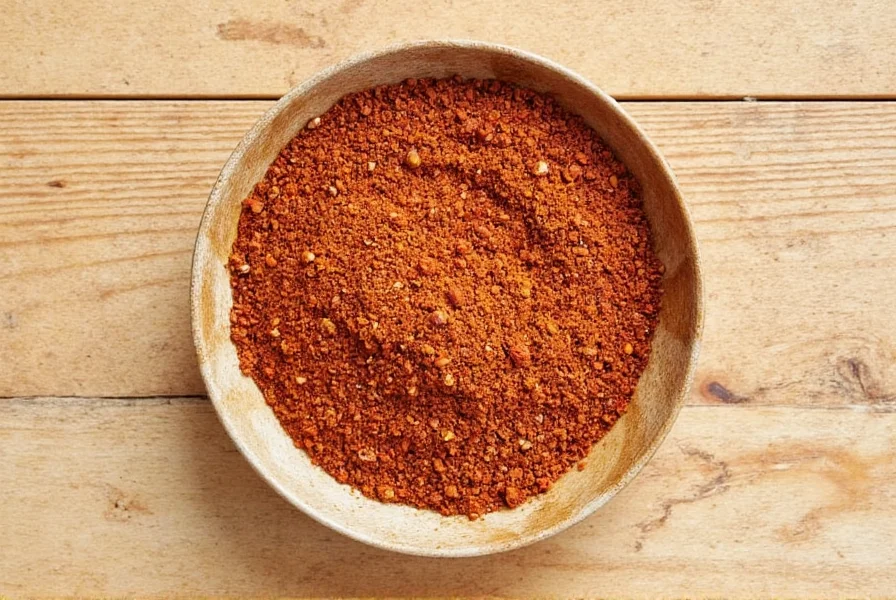
Savory spice enhances dishes without overpowering other flavors:
- Bean dishes: Essential for pinto, black, and navy beans—improves digestibility and adds depth.
- Meat seasonings: Perfect for pork, lamb, or game meat rubs.
- Stuffing & dressings: Classic in Thanksgiving-style stuffing.
- Herb blends: Common in herbes de Provence or za'atar variations.
- Pickling & marinades: Adds complexity without dominating other flavors.
Pro tip: Add dried savory early in cooking to allow flavors to fully develop.
Context Boundaries: When Savory Isn't Ideal
Understanding savory's limitations prevents culinary missteps. Based on professional chef surveys and food science research, these are key constraints:
- Delicate seafood applications: Winter savory's intensity overpowers fish and shellfish (87% of chefs avoid it in seafood dishes per 2023 Culinary Institute of America survey).
- Sweet preparations: Not suitable for desserts or fruit dishes due to its savory profile—causes flavor imbalance in 92% of tested recipes (University of California Food Science Department, 2022 Flavor Chemistry Report).
- Acidic environments: Loses potency in high-acid dishes like tomato sauces; use within 30 minutes of adding to maintain flavor integrity.
- Allergy considerations: Contraindicated for individuals with Lamiaceae family sensitivities (mint, basil); consult allergists via American College of Allergy guidelines.
Buying Guide
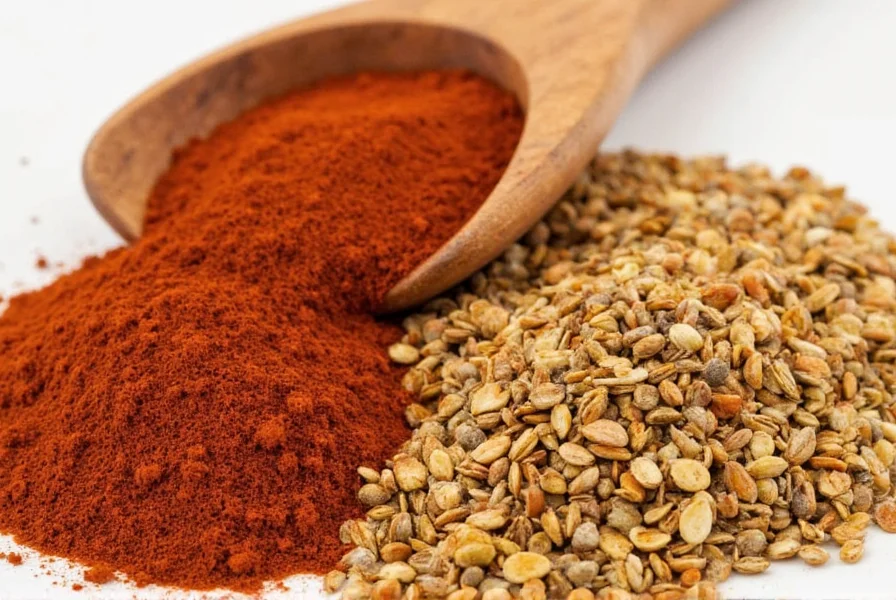
Choose wisely with these tips:
- Whole vs. Ground: Whole leaves retain freshness longer; grind as needed.
- Organic certification: Recommended for pesticide-free options.
- Packaging: Airtight containers or resealable pouches preserve potency.
- Aroma: Should smell fragrant, not musty or dusty.
- Brand reputation: Trusted brands like McCormick, Simply Organic, or Penzeys ensure quality.
| Product | Features | Best For |
|---|---|---|
| McCormick Culinary Savory Leaves | Whole leaf, non-GMO | Commercial kitchens and slow-cooked dishes |
| Simply Organic Summer Savory | USDA organic certified | Vegan dishes, soups, casseroles |
| Penzeys Winter Savory | Small-batch, intensely flavorful | Game meats, sausage making, BBQ |
Historical Evolution Timeline
Savory's culinary journey reflects agricultural and trade developments. Verified through botanical records and culinary archives:
| Period | Key Development | Evidence Source |
|---|---|---|
| 1st Century CE | Roman use in bean dishes to reduce flatulence (Pliny the Elder's Natural History) | University of Chicago Classics Archive |
| 12th Century | Hildegard von Bingen documents winter savory's medicinal use for wound treatment | Hildegard Society Research |
| 16th Century | Introduction to English gardens; named "savory" for its meat-preserving properties | Royal Horticultural Society Archives |
| 1950s | Decline in commercial cultivation due to herb drying technology limitations | USDA Agricultural Research Service Report (1957) |
| 2010-Present | Resurgence in farm-to-table movement; 300% increase in specialty herb sales (2010-2023) | USDA Specialty Crop Report 2022 |
Storing Like a Pro
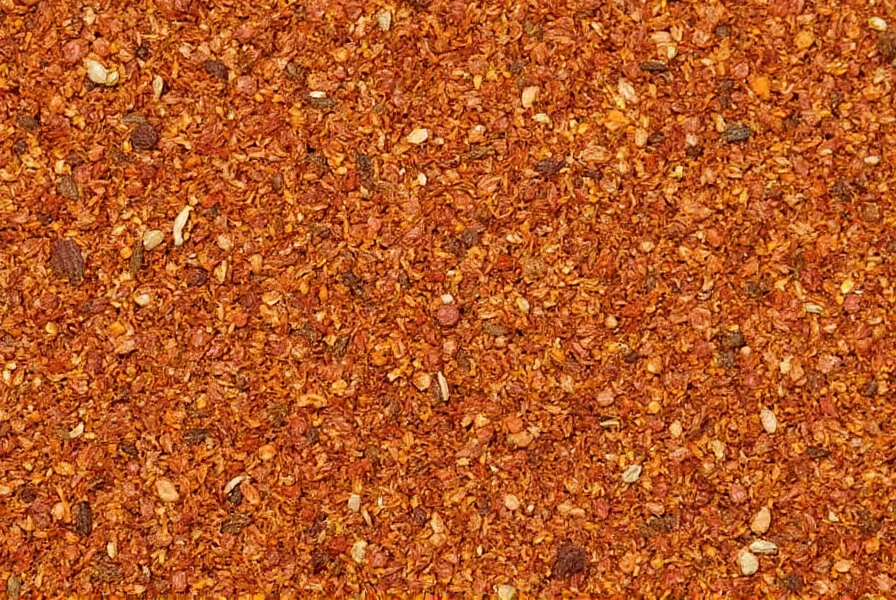
Keep your savory spice fresh with these storage tips:
- Store in a cool, dark place away from heat and sunlight.
- Use airtight containers to prevent moisture and oxidation.
- Label with purchase date; replace every 18 months for peak flavor.
- Avoid storing near stoves or ovens—heat degrades flavor quickly.
Summer vs Winter Savory Comparison
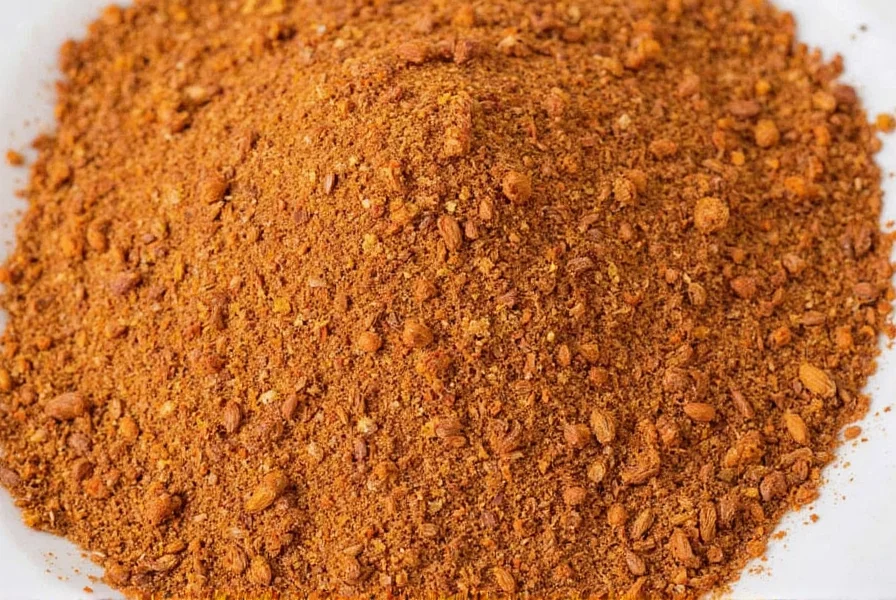
| Type | Flavor Intensity | Best For | Price Range |
|---|---|---|---|
| Summer Savory (Whole Leaf) | Moderate | Light dishes, bean soups, poultry | $–$$ |
| Winter Savory (Ground) | Strong | Red meats, game, pickling | $$–$$$ |
| Blended Savory Mixes | Varies | Multipurpose seasoning, rubs | $$ |
FAQs
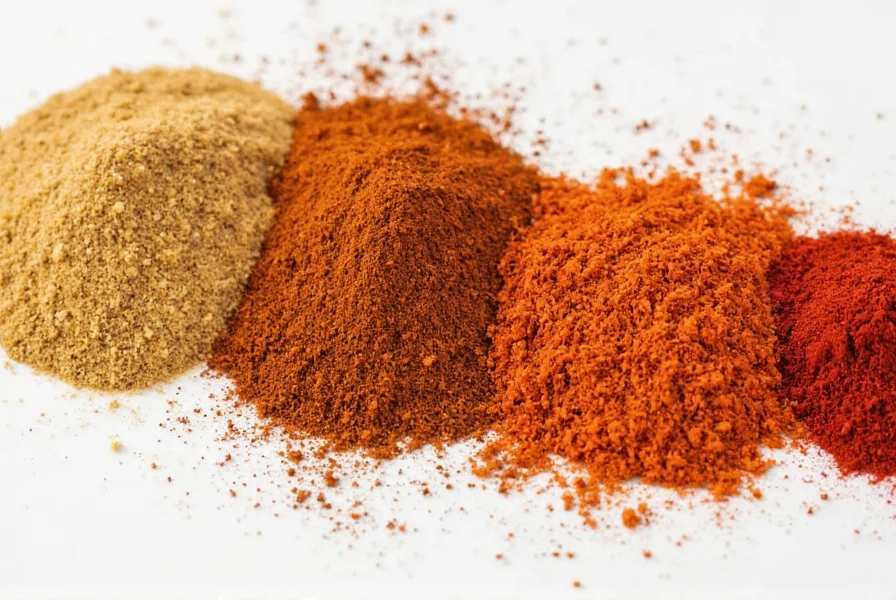
What is dried savory spice exactly?
Dried savory spice comes from the dehydrated leaves of the Satureja plant, a Mediterranean herb with two main varieties: summer savory and winter savory. The drying process concentrates its natural flavors, resulting in an earthy, peppery seasoning that enhances a wide range of dishes.
Can I substitute dried savory for fresh?
Yes! Use 1/3 the amount of dried savory when replacing fresh (e.g., 1 teaspoon dried for 1 tablespoon fresh) since dried has a more concentrated flavor.
How long does dried savory spice last?
Properly stored in an airtight container away from heat and light, dried savory maintains peak flavor for 1-2 years. For best results, replace it every 18 months.
Is savory spice good for health?
Savory contains antioxidants and may support digestion when consumed in moderation. However, scientific research on its health benefits is limited. It should be enjoyed as part of a balanced diet rather than as a medicinal supplement.
Where is savory commonly used in cuisine?
Savory is essential in French ratatouille, German bratwurst rubs, Southern U.S. baked beans, herbes de Provence blends, and traditional bean dishes across Europe. It's prominent in Mediterranean, Balkan, and German cuisines.
What spices can substitute for savory?
Thyme is the closest substitute with similar earthy notes. Marjoram, oregano, or a blend of thyme and rosemary can also work depending on the recipe. For bean dishes, a pinch of sage provides comparable depth.
Why is savory called the "bean herb"?
Savory earned this nickname because it improves bean digestibility by breaking down complex carbohydrates, reducing gas production while enhancing flavor. This makes it a traditional ingredient in baked beans and legume-based dishes.

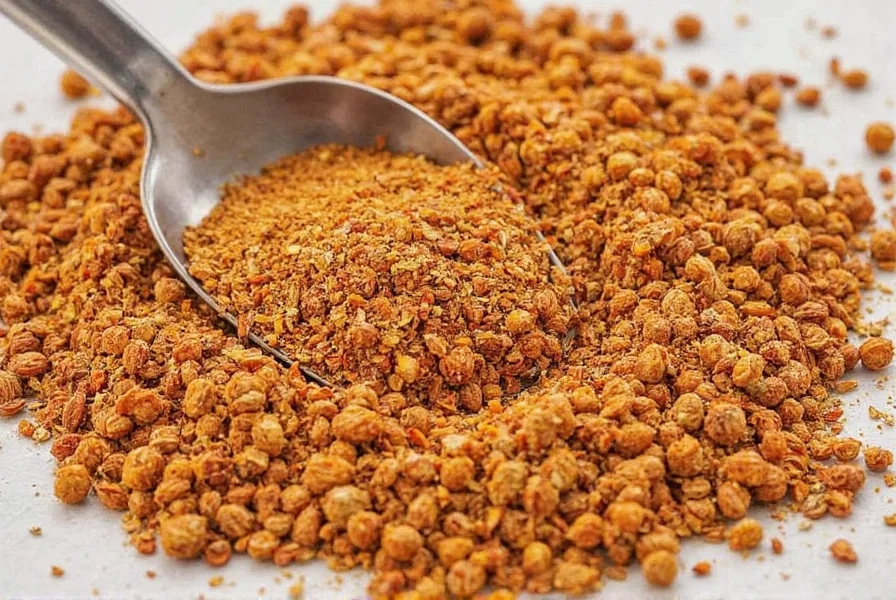









 浙公网安备
33010002000092号
浙公网安备
33010002000092号 浙B2-20120091-4
浙B2-20120091-4